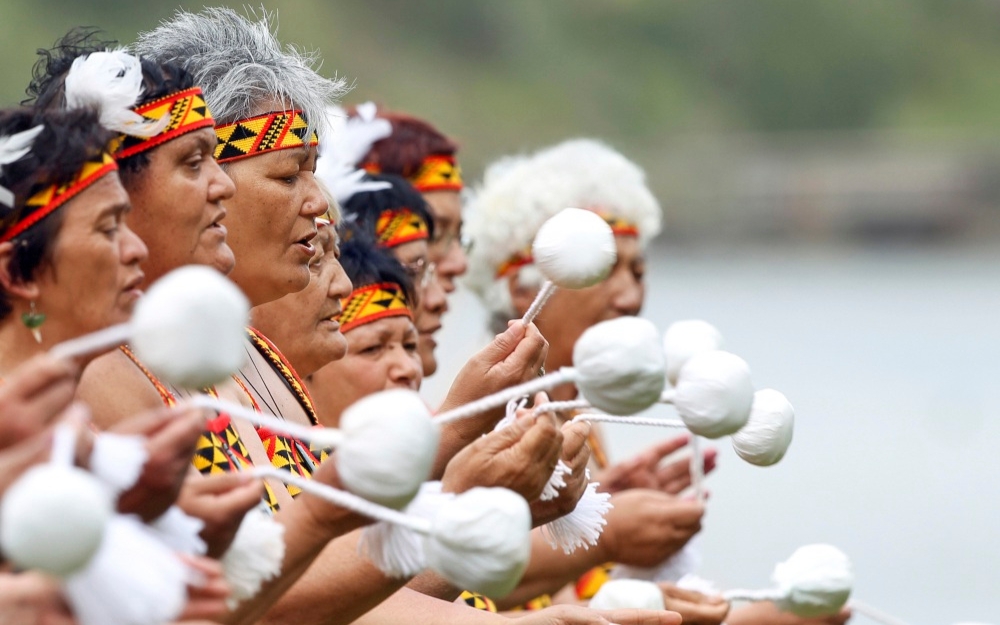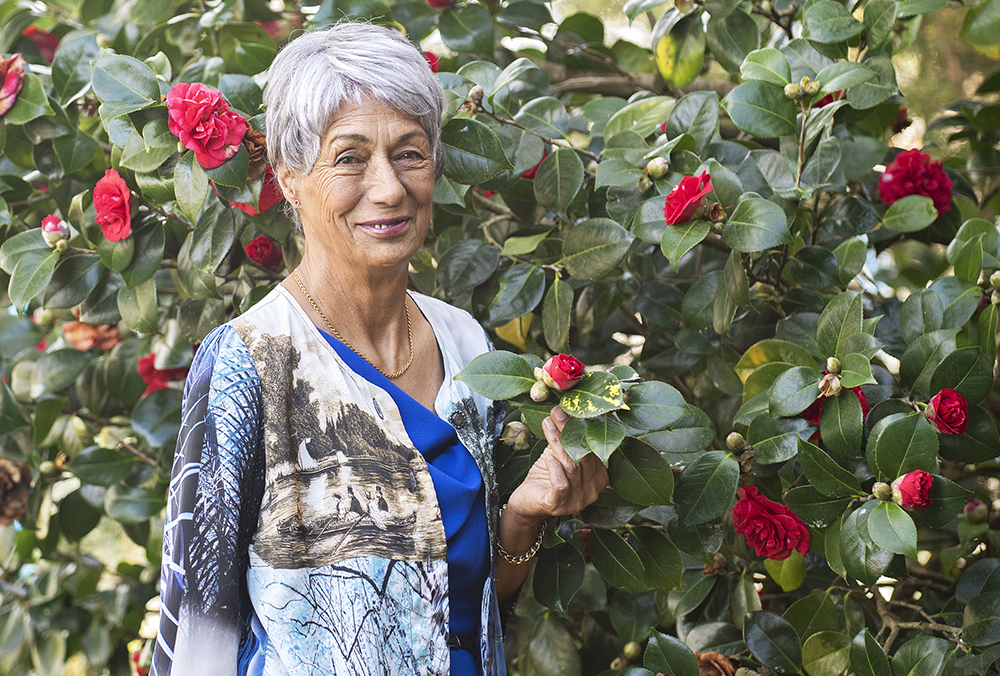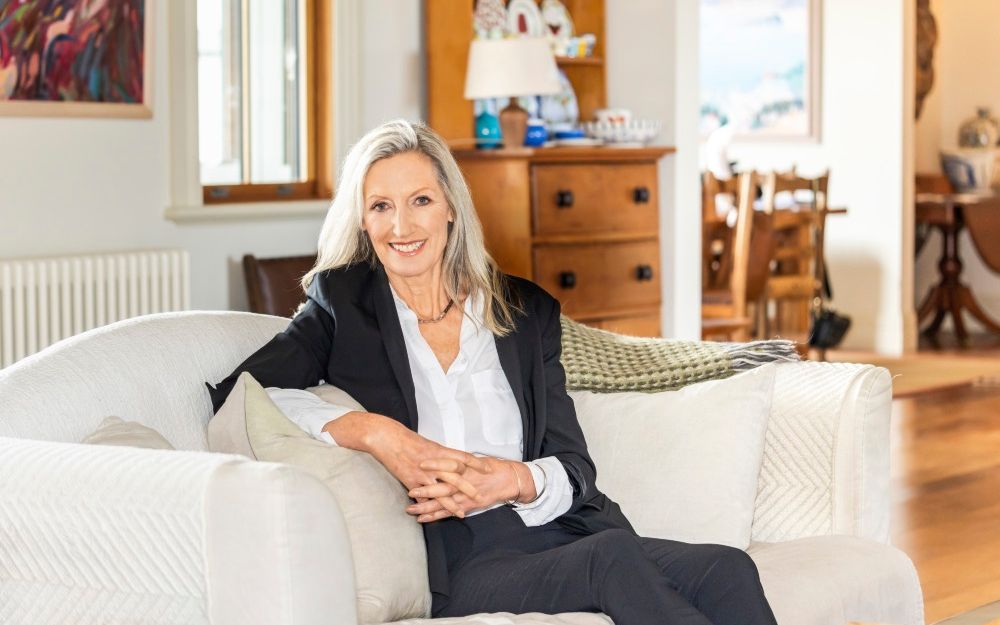It burst onto the airwaves in the 1980s – a joyous explosion of Māori culture, music and language. This year, the song Poi E, by the Pātea Māori Club, turns 40. We’ve found some facts about the single that, for a time, outsold Michael Jackson’s Thriller here in New Zealand.
HOMETOWN BOY
It was South Taranaki born-and-bred songwriter Dalvanius Prime who wrote the music for the catchy hit. In the ’70s, he’d been a disco entertainer in Australia. Then a music manager suggested instead of emulating an American sound, he should return home and start writing material that resonated with his own culture. Dalvanius did exactly that, moving back to his hometown of Pātea and working with the Māori Club that practised every Monday night at the local Methodist church.
THE POWER OF WORDS
In 1982, Dalvanius, then 34, had the music but not the words. He asked Tokomaru Bay teacher and composer Ngoi Pēwhairangi to help. Ngoi, aged 61 at the time, wrote the lyrics in te reo that implored young people never to lose sight of who they were – no matter how far from New Zealand they strayed.
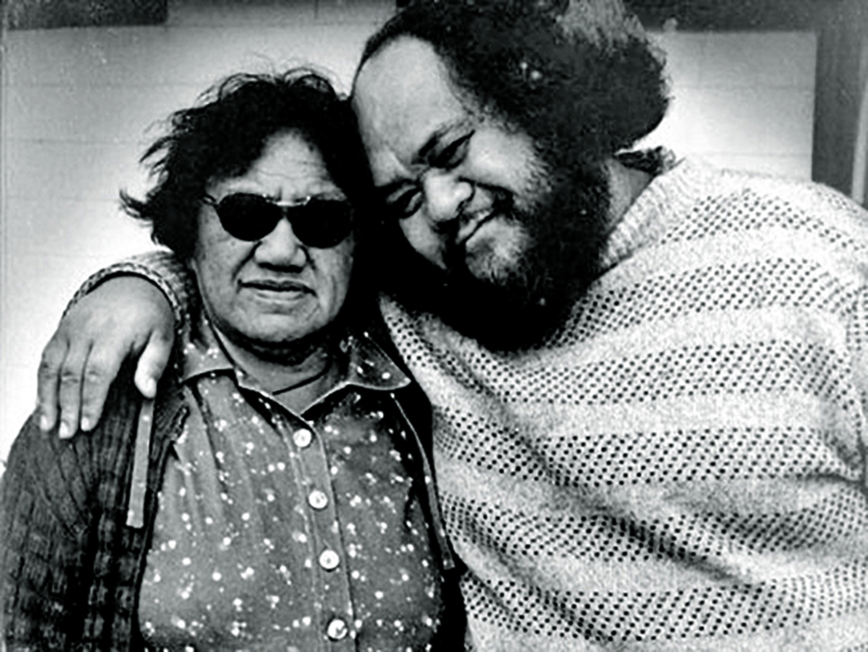
Dalvanius knew he had a hit on his hands, but songwriter Ngoi wasn’t sure, until her grandkids played it on repeat!
NOBODY WOULD FUND IT
The Pātea Māori Club performed the song and accompanying poi dance at a Polynesian competition in Hastings in February 1983, coming first equal. Its success compelled Dalvanius to record it, but no one would fund it. Undeterred, he persuaded 20 businesses in Pātea to stump up $100 each and the track was laid down in Auckland in April 1983.

A VISUAL FEAST
The video was shot in just one weekend. The stand-out star was Wellington breakdancer Joe Moana, who wore a Michael Jackson-esque white glove and busted his moves, among other places, atop the concrete waka that takes pride of place at the entrance to Pātea. Shared Joe later, “It blew me away when I was asked to do it. It was like, ‘I’m going to be on TV!’ I didn’t understand fully what it was going to be.”

The mix of traditional music and hip-hop made it resonate with all generations. Dancer Joe (top) revisits his big moment.
NGOI HATED IT
She’d written the lyrics, but Ngoi wasn’t keen on the finished track, which mixed traditional Māori with hip-hop and other modern sounds. “When Ngoi first heard Poi E, she said, ‘You’re joking. It’s terrible,'” Dalvanius later recalled. “I said, ‘Have you played the video to your kids? Your mokopuna [grandchildren]?’ And she said, ‘They love it. They won’t take it out of the VCR.'”
RADIO SILENCE
Few radio stations were willing to give Poi E a whirl on the decks when it was released in 1983. It wasn’t until Dalvanius sent a copy of the video to journalist Derek Fox at Te Karere – who immediately aired it – that it started getting traction. The song made number one in the Kiwi charts in March 1984 and became the biggest-selling single of the year.
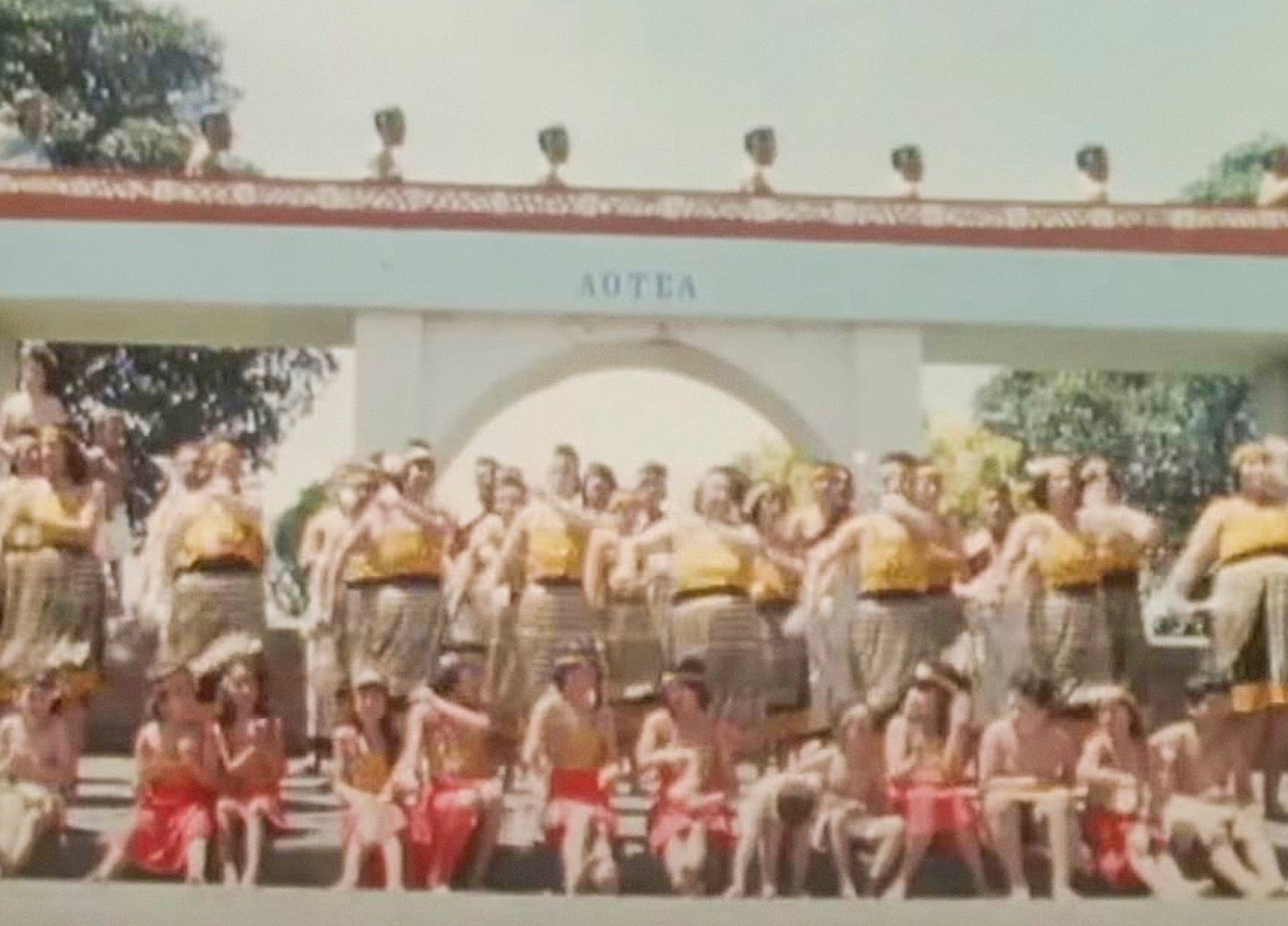
LONDON CALLING
Even Queen Elizabeth II was a fan. Dalvanius remortaged his house so the Pātea Māori Club could accept an invitation to travel to the UK and take part in a royal gala performance in 1985. While they were in Britain, Ngoi sadly passed away, aged 63. Dalvanius died in 2002, aged 54.
